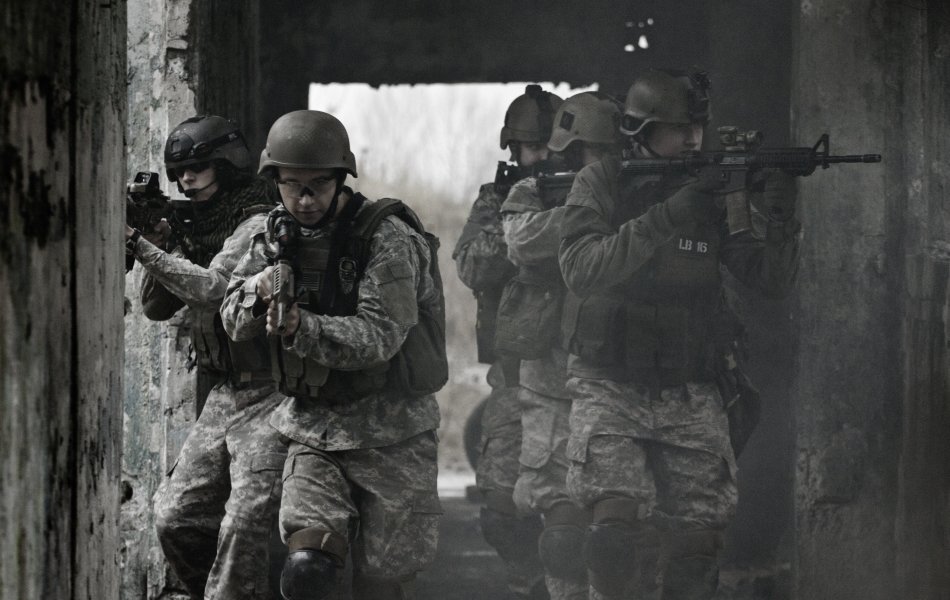In military research and development, we often come across equipment specifications that have to be met to resolve technical issues and keep pace with the capabilities of other nations. Because new and exciting technologies are developed at an unprecedented rate, it’s easy to focus on the technological attributes of new equipment and ignore other factors. However, an over-emphasis on technology risks losing sight of why the technology is developed in the first place: to benefit the human user. To show the potential downfalls of this mindset, I’ve created a hypothetical situation involving body armour.
Let’s say that a new type of body armour is developed that can reduce bullet penetrations from small arms fire 90% more than the in-service body armour. From this information alone, the decision to replace the in-service body armour would seem like a no-brainer. Newer is better! But not so fast – there are a few other considerations that need to be made.
First of all, what about the weight? Concrete does a pretty good job of stopping bullets when it’s thick enough, but you wouldn’t want soldiers strapping on a bunch of cinderblocks and heading into combat. Mobility would plummet, the potential for injury would skyrocket, and overall combat effectiveness would be seriously diminished. Admittedly, it is incredibly unlikely that a body armour manufacturer would produce a product as ludicrously heavy as my example. But even a modest increase in weight across a few pieces of equipment can have a profound overall effect. There’s a common saying in the military that summarizes this point nicely: ounces equal pounds and pounds equal pain.
If we assume the weight of the new vest is negligible, there are still attributes that may render our new vest unusable. For example, imagine wearing a big protective barrel around your body. The weight of such an object may be more than manageable, and the level of protection may be significant, but what about other aspects of performance? Could you still aim and fire your weapon effectively? Could you reach all of your pouches and equipment? Is your view obscured? By now, you’re starting to get an appreciation for the types of questions that form a human factors analysis. But being aware of these questions is not enough.
To successfully meet the needs of the human user (in this case, a soldier), we need to measure the answers to these questions and determine an appropriate performance threshold for acceptability. It all comes back to a cost-benefit analysis; in other words, do the benefits of this new piece of equipment outweigh the drawbacks? If your only priority is maximizing level of protection, you may not reject the new type of body armour in our example, but you need to be informed to make appropriate conclusions. Taking on these problems and providing this information happens to be one of HSI®’s specialties.
Jarrett Evans





